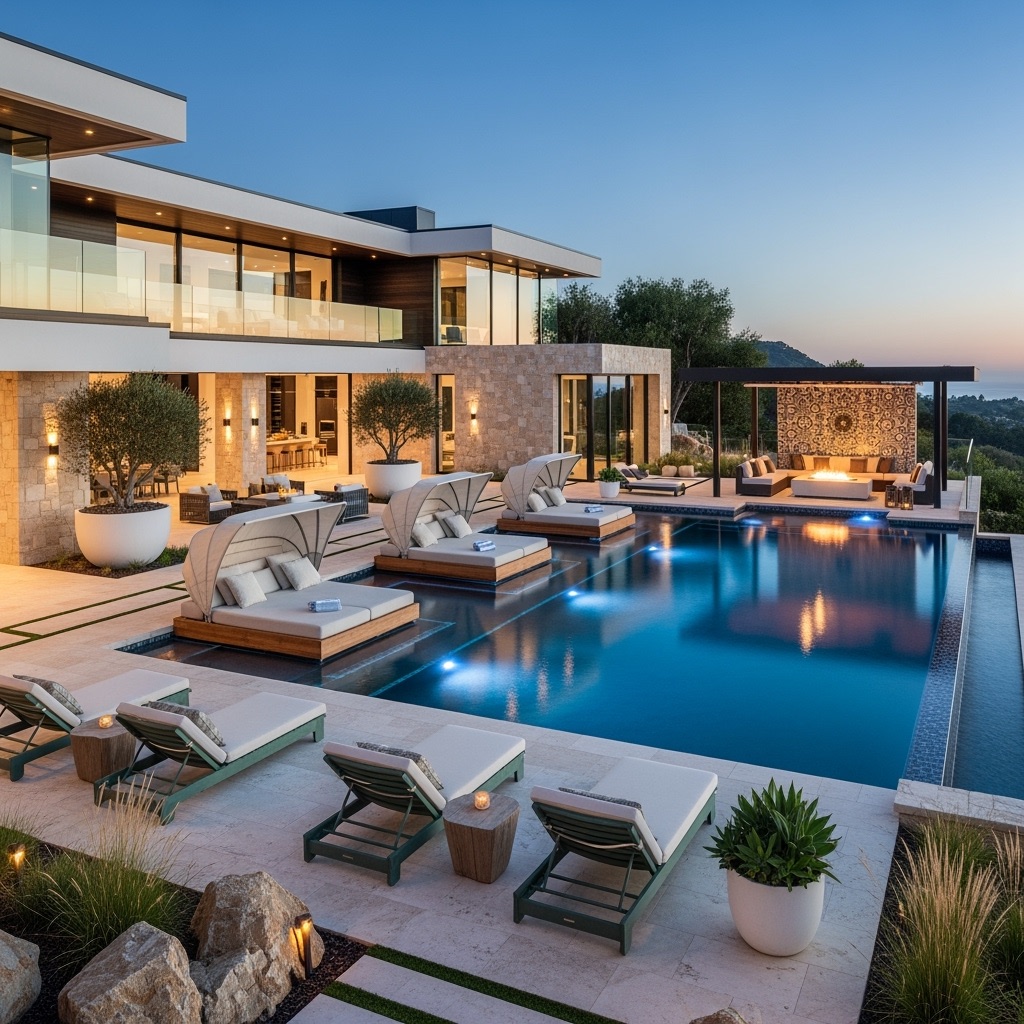Last updated on
To provide your dining room with adequate light, you may need under 100 watts of incandescent lighting or 25 watts of LED lighting. Here’s how to know.
The first choice you have to make is to choose between LED and incandescent bulbs. That’s because you need more wattage from the latter type of bulb to get the same bright light as with LED.
Next, you will need to consider the size of your room and the type of your dining room light fixture. A big chandelier might require different wattage of light bulbs than an array of pendant lights.
Here’s everything you need to know about choosing the best wattage for your dining room. If you need to figure out the best wattage for the kitchen, we have a guide about that too.
What's Inside
LED Lighting for Dining Room

Light-emitting diodes have many applications. From TV backlights, indoor garden grow lights, outdoor string lights, and street lighting to indoor lighting and cars, these lights seem to be finding new uses every day. LED lights can light up your home, including the dining room area.
While the brilliant white light from LED’s is the industry standard, you can use lighting features that can transform the light to illuminate the dining room the way you want it. Look at all the available LED lighting options on the market and assess your needs and preferences before choosing the best lighting fixture for your dining room.
You also have to choose the best wattage for dining room lighting fixtures. LED allows you to choose lower wattage than incandescent bulbs, thus saving energy (a 40W incandescent bulb compares to a 10-Watt LED light). You can also use dimmer switches to control how much ambient light you have in your dining room and how much you can save.
Wattage by Fixture Size and Height
Many types of lighting fixtures can be installed in the dining room. For instance, chandeliers fitted with LED lamps can be hung from the ceiling at the center of the room. Pendant lights are also a good option as they can hang low in the room and provide sufficient light. Please note that the higher the lighting fixture will be installed, the higher the required wattage and vice versa.
Lumens and Watts
When selecting LED lighting fixtures, there are two ratings you need to pay special attention to. These are; lumens and watts. The latter measures the energy consumption of the LED lamp, while the former is a measure of the amount of light the LED can emit.
You will need to pay attention to both ratings when selecting lamps. While most rooms in the house require only 20 lumens per square foot, the dining area requires 30 lumens per square foot. If your dining area is 300 square feet, you will require 9000 lumens to illuminate the space properly.
Please note that a 100 Watt incandescent bulb produces 1,700 lumens at best, but it only takes a 25-Watt LED to produce the same light intensity. That’s how efficient LEDs are. However, it’s important to note that the lumen per watt ratio differs from one LED product to the next, so you have to read product descriptions before purchasing.
Light Color Temperature Check
The color of light produced by a lighting fixture affects the heating effect the light will have on the room. Please note that all lighting fixtures emit heat, affecting the color of light they produce. Color temperature is measured in Kelvin Degrees. The lower the Kelvin degrees (K) value, the warmer the light.
This means that cooler colors have the highest “K” value. If you want an extra warm white color, choose lighting fixtures with a 2,700K rating. For a cool white, daylight, or cool daylight color, choose LED lamps with a 4000-6500K rating.
Wattage for Centered Lighting
LED lights can be mounted on the walls around the dining room, but they can also be installed at the center of the room. Wattage for overhead lights should never exceed 100 Watts. Whether using just a single LED lamp or several lamps, the total wattage should be less than 100 Watts. 60-70 Watts is perfect for most rooms, so choose your fixture carefully.
Wattage by Fixture Type (Chandelier vs. Pendants)
The best lighting fixtures for dining rooms are chandeliers and pendant lights. Chandeliers usually illuminate the ceiling and walls. The reflected light is then distributed evenly throughout the room.
On the other hand, pendant lights only illuminate the space below. This could be the dining area. Due to their unique designs, you will need LED lamps with higher wattage for chandeliers and lower wattage for pendant lights. After all, some of the light produced by chandeliers will be absorbed by the walls, so a higher wattage is required to compensate for the loss.
Smart Bulbs
These bulbs can be controlled remotely through a home automation system, smartphone, or computer. They have wireless connectivity and an inbuilt control system. The control system can turn the light on and off and adjust the brightness of the light produced by the bulb. This is one of the offerings of the revolutionary IoT (internet of things technology).
These bulbs consume less energy and have a longer lifespan than traditional LED lighting technology, which can save you a lot of money in the long run. After installing a smart bulb, you will need to download a compatible app on your smartphone and pair the two devices via Bluetooth, wi-fi, ZigBee, or Z-Wave. Some bulbs may require you to have a special gateway for them to work, so be sure to keep this in mind when making a purchase.
FAQ
You should aim to provide enough light to see clearly without having to squint. You can use our guide to determine how much light you need in your dining room.
Having a centered dining room light provides the most effective lightness around the room. It is also an aesthetically right choice.




